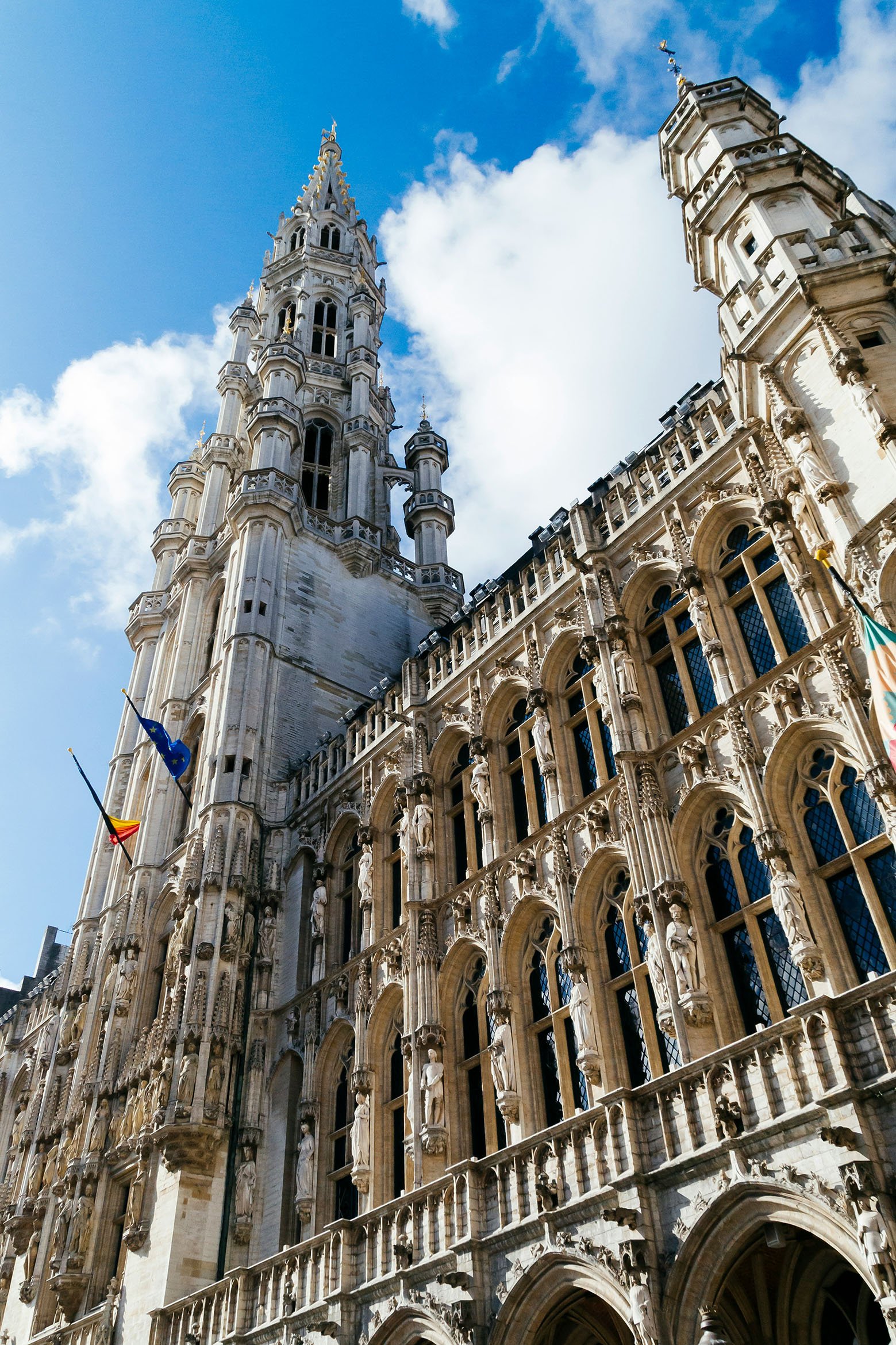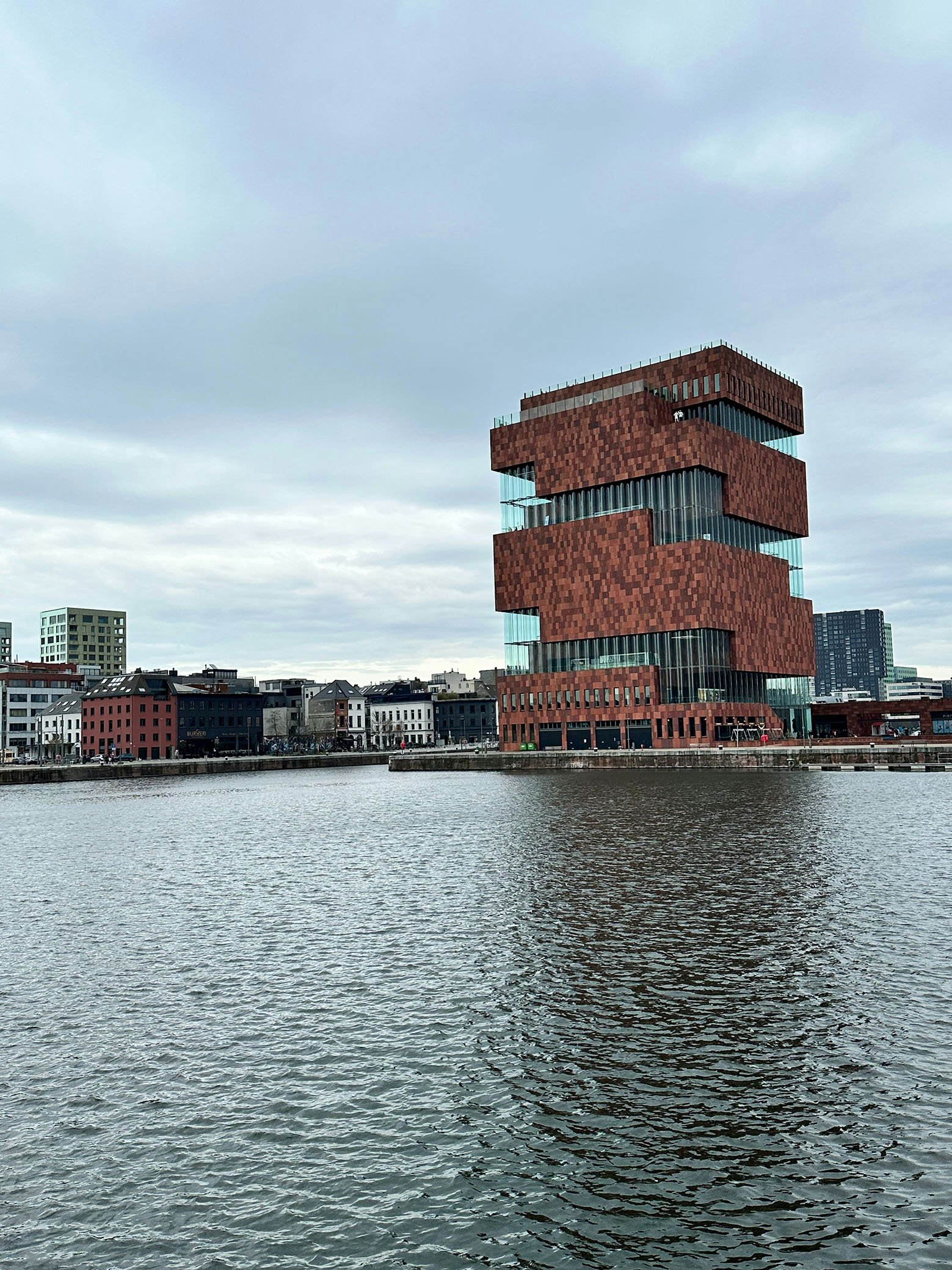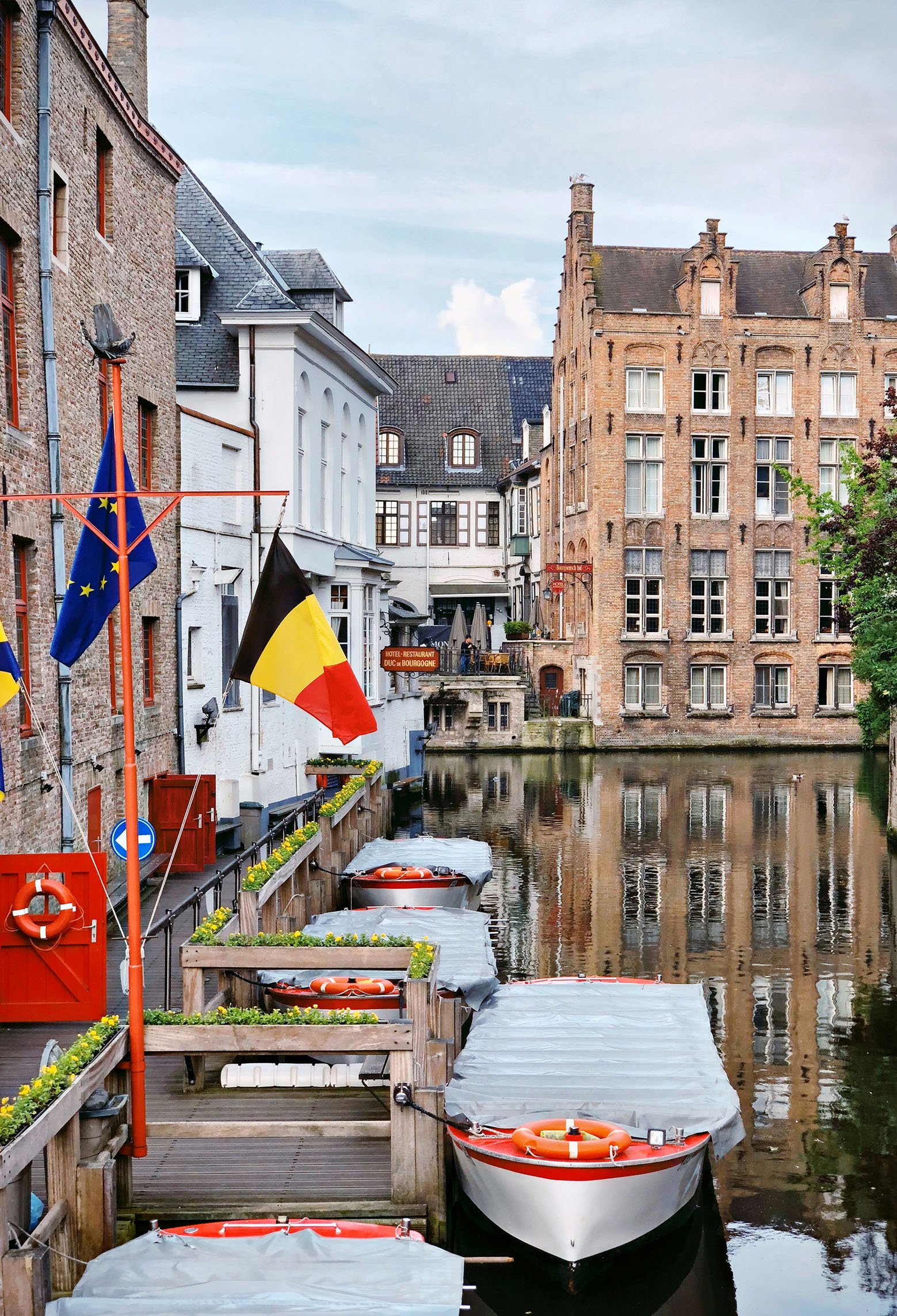A blend of Cultures and Language
Belgium is a unique nation, characterized by a blend of different languages, traditions, and historical narratives. With three distinct linguistic regions—Flemish in the north, Walloon in the south, and a bilingual region in Brussels—Belgium provides visitors with a fascinating insight into the coexistence of cultures. This linguistic diversity not only enriches the society but also adds depth to the tourist experience, offering a variety of local customs, cuisine, and artistic expressions.
From the medieval architecture seen in cities like Bruges and Ghent to the battlefields of World War I, Belgium’s landscape is dotted with landmarks that reflect its complex past. The country is home to several UNESCO World Heritage Sites, which illustrate its artistic accomplishments and preservation of history. Additionally, Belgium's famous comic strip culture, influential artists, and delicious chocolates and beers attract millions of tourists each year.
Places
Belgian Attractions

Brussels
Brussels, the capital city of Belgium, is a vibrant metropolis that holds immense historical, cultural, and political significance. As the de facto capital of the European Union, it serves as the central hub for several key institutions, including the European Commission and the European Parliament. This pivotal role has established Brussels not only as a major political center but also as a vital player in global diplomacy. The city's history dates back to the 10th century, and its evolution reflects a rich tapestry of cultural influences. Brussels has been shaped by various European powers over the centuries, leading to a unique blend of architectural styles, languages, and traditions. Today, the inhabitants of Brussels represent a mosaic of cultures, predominantly speaking French and Dutch, which showcases its diverse heritage. This multicultural atmosphere enhances the city's appeal, making it a remarkable destination for visitors seeking both historical insights and contemporary experiences. For more information on things to do in Brussels, click here.

Antwerp
As one of the major ports in Europe, Antwerp has played a pivotal role in trade and commerce since the Middle Ages, forming a critical hub where diverse cultures and economic activities intersect. This vibrant city is widely appreciated for its rich heritage, which is reflected in well-preserved architecture and numerous museums that narrate its historical journey.
In addition to its commercial standing, Antwerp boasts a remarkable artistic legacy that continues to influence the contemporary art scene. The city was the birthplace of several prominent artists, including the renowned Baroque painter Peter Paul Rubens, who left an indelible mark on the cultural identity of Antwerp. Today, visitors can explore various art galleries and institutions showcasing both classic and modern works, solidifying the city's reputation as a center for creativity and artistic expression. Furthermore, Antwerp is an essential cultural melting pot, celebrated for its multicultural ambiance. This is evident in its culinary landscape, which features a blend of Flemish, French, and international cuisines, offering a gastronomic experience that appeals to a wide range of tastes. For a three-day itinerary of Antwerp tailored to first-time visitors, click here.

Bruges
Bruges, often celebrated as the "Venice of the North," is a city that captivates visitors with its enchanting canals and well-preserved medieval architecture. The intricate network of waterways that weave through Bruges is not only a functional aspect of the city but also a stunning visual hallmark that provides a unique perspective of its rich history and charm. The canals surround the city’s historic center, which has been designated as a UNESCO World Heritage Site and is a focal point for those seeking to explore Bruges' architectural treasures. One of the most iconic landmarks within the city is the Belfry of Bruges. Standing proudly above the Market Square, this medieval bell tower is a stunning example of Gothic architecture, offering spectacular panoramic views after a climb of 366 steps. For more information on things to do in Bruges, click here.
